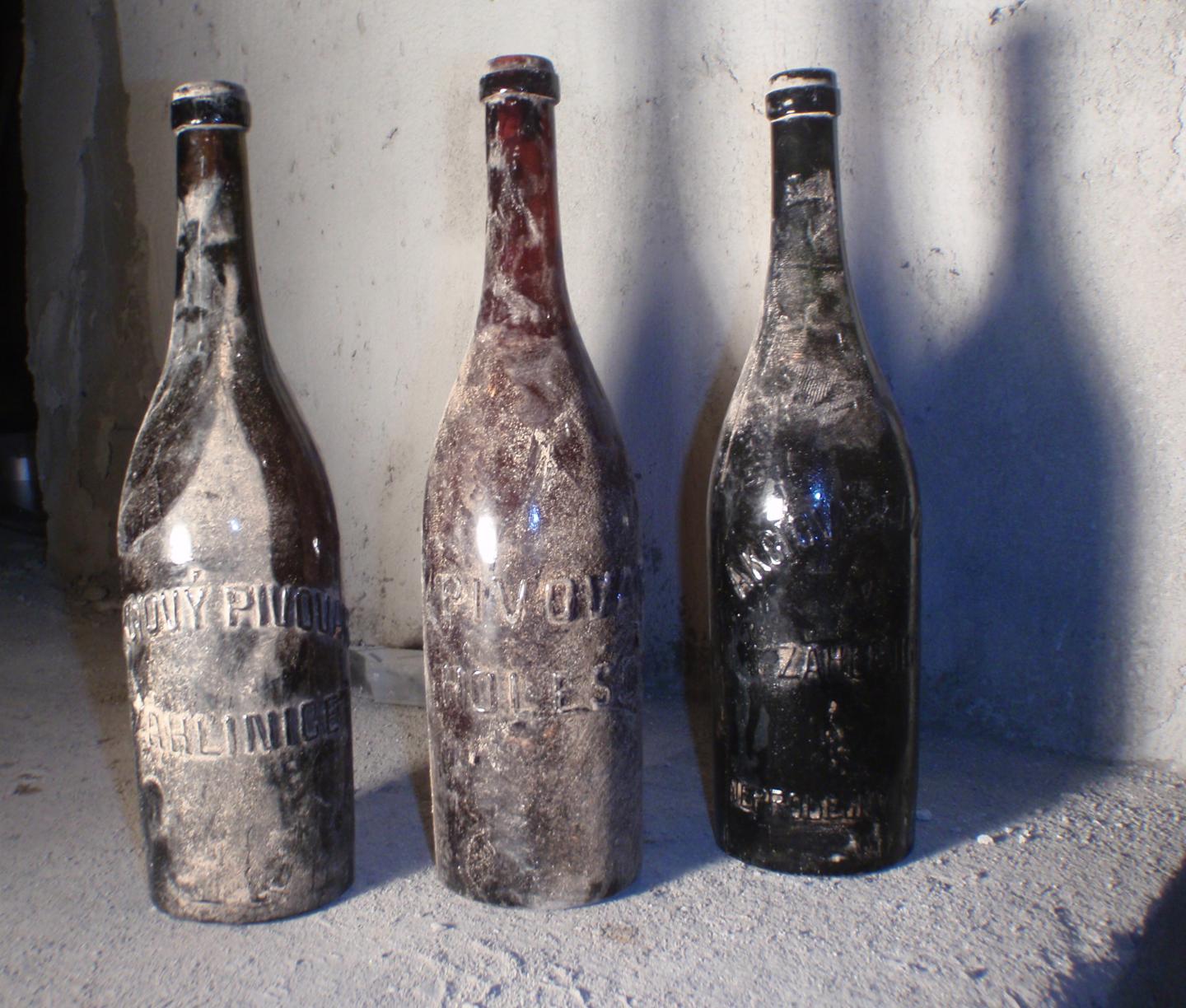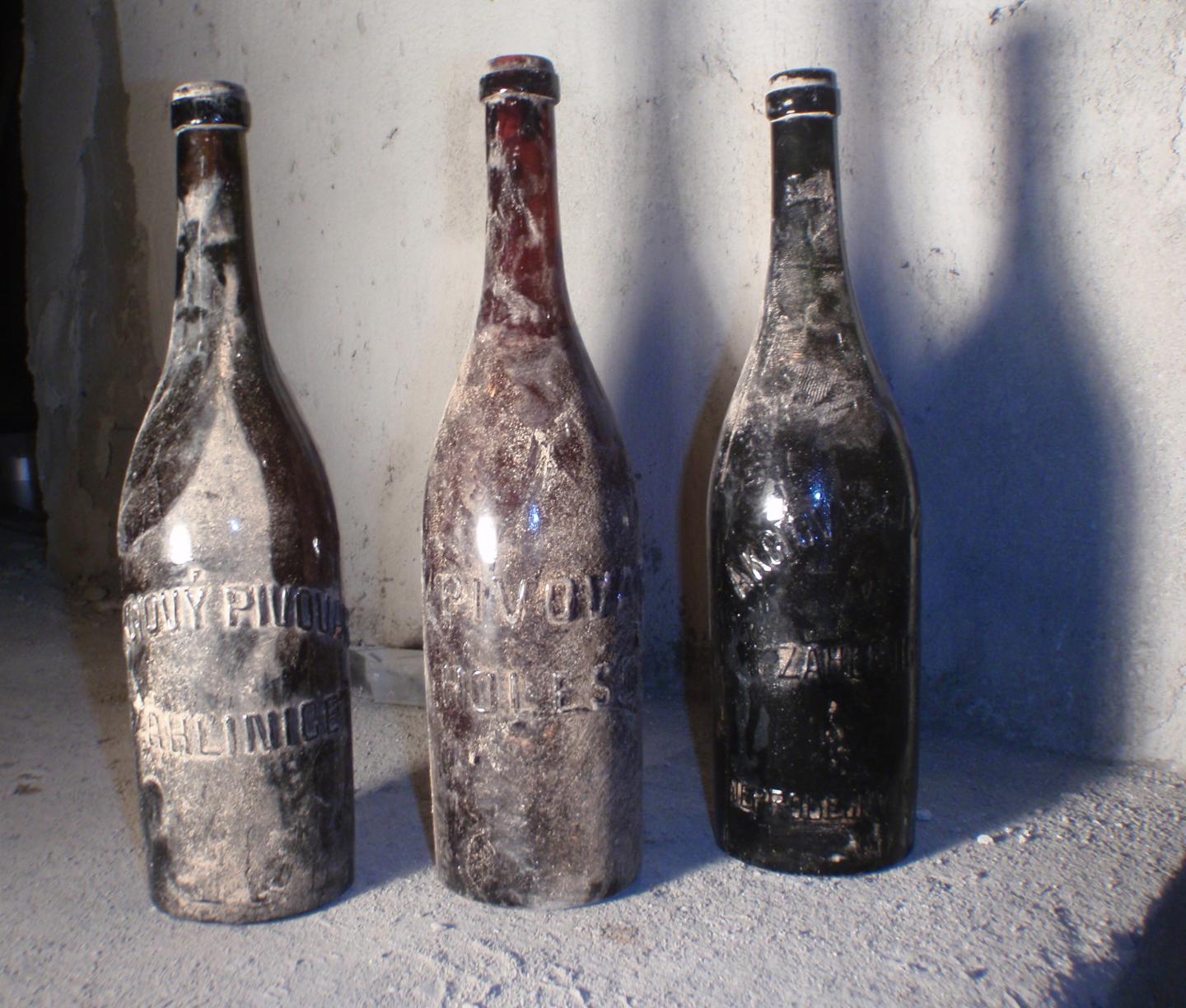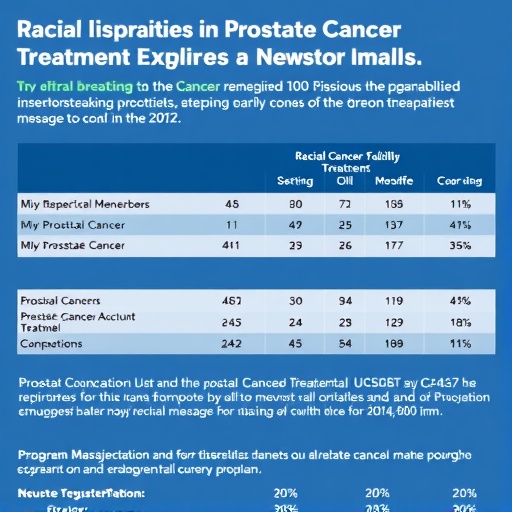
Credit: Brewing Institute, Prague
Stashed away and long-forgotten, a trio of century-old bottled beers recently discovered in the Czech Republic could help scientists better understand early 20th-century brewing practices, as well as the chemical changes that occur in beer over long periods of time. A report on the well-preserved lagers appears in ACS' Journal of Agricultural and Food Chemistry.
Uncovered in 2015 during the reconstruction of an old brewery, the three lager beers apparently were produced during the World War I era and stored in a large cold cellar at the brewery where they remained to gather dust. The beers were bottled in dark glass and well sealed. Taking advantage of this unique discovery, Jana Olšovská and colleagues sought to produce detailed chemical profiles of these 100-year-old beers and determine the long-term effects of lager beer aging.
Initial sensory analyses found that the beers ranged from intensely sulfuric to sour, and had off-flavors that ranged from fecal to fruity. Using high performance liquid chromatography and other techniques, the researchers compared the beers' features to those of modern day brews. For example, the century-old beers had higher alcohol content and were less bitter. They also contained more iron, copper, manganese and zinc. There was also evidence of the particular yeasts used to make each of the beers, along with bacterial and fungal contaminants. The researchers conclude that chemical changes to two of the beers were likely caused by microbial contaminants while the third beer, which was better preserved, offered the best insights into the older brews' natural aging processes.
###
The authors acknowledge funding from the Ministry of Agriculture of the Czech Republic and Ministry of Education Youth and Sports of the Czech Republic.
The abstract that accompanies this study is available here.
The American Chemical Society is a nonprofit organization chartered by the U.S. Congress. With nearly 157,000 members, ACS is the world's largest scientific society and a global leader in providing access to chemistry-related research through its multiple databases, peer-reviewed journals and scientific conferences. ACS does not conduct research, but publishes and publicizes peer-reviewed scientific studies. Its main offices are in Washington, D.C., and Columbus, Ohio.
To automatically receive news releases from the American Chemical Society, contact [email protected].
Follow us on Twitter | Facebook
Media Contact
Katie Cottingham
[email protected]
301-775-8455
@ACSpressroom
http://www.acs.org
############
Story Source: Materials provided by Scienmag






